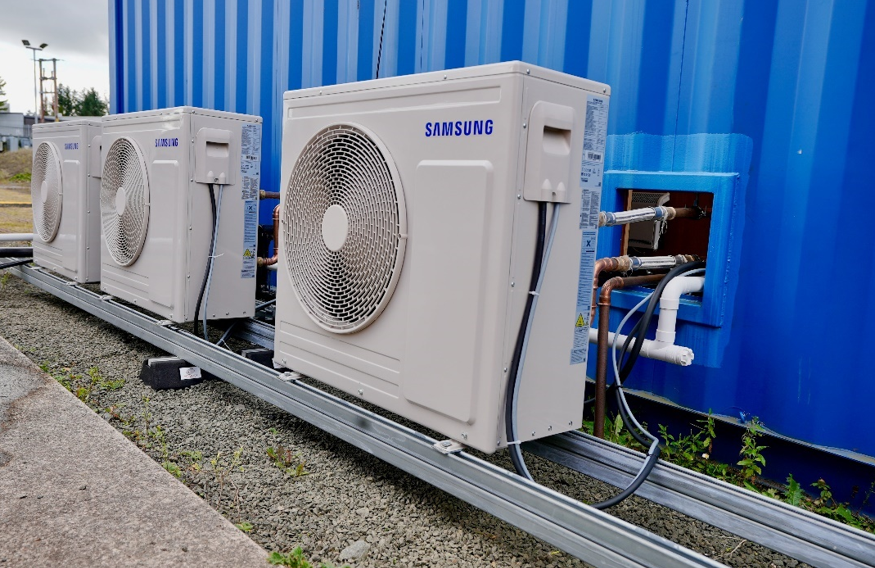Research conducted by Aurora Energy Research to calculate the capital investment, costs to consumers, long-term savings and carbon emissions saved under the power sector targets set by both Labour and the Conservatives show the real costs of net-zero programmes.
Published by think tank Policy Exchange, the report argues that decarbonising the grid by 2030 is a fundamentally different proposition to decarbonising the grid by 2035. The shorter time frame risks precluding much additional generation from nuclear or bioenergy with carbon capture and storage (BECCS) from being brought online, putting more of an onus on accelerating renewable capacity and battery storage. A higher carbon price would also be required, in order to drive out unabated gas.
For Labour’s Net Zero 2030 plan, Aurora concludes that: “… the extremely rapid and concurrent overhaul of the power system components would require a policy, planning and investment shift that is infeasible in the timeframe, and is unlikely to be supportable by existing supply chains and workforce skills.”
The modelling, published alongside the report, sets out a detailed analysis of pathways to decarbonise the power sector on different timelines. Three different pathways are modelled:
Net Zero 2030 (NZ30): a scenario aiming to deliver net-zero in the power sector by 2030, in line with the target announced by Labour.
Net Zero 2035 (NZ35): a scenario aiming to deliver net-zero in the power sector by 2035, in line with the target announced by the Conservatives, and recommended by the independent Climate Change Committee.
Business As Usual (BAU): a scenario following the current trajectory of policy development and market environment for the power sector.
Both the net-zero scenarios would require a major increase in the annual level of investment, additional to current low-carbon investment in the BAU scenario, to build new renewable capacity:
NZ30 compared to BAU would require £15.6bn/year of additional investment until 2030 (a total of £93.5b) and £4.4bn/year of additional investment from 2031 – 2035 (a total of £22.5bn) for an absolute total additional investment of £116bn over next 11 years.
NZ35 compared to BAU would need £8.2bn/year of additional investment until 2030 (a total of £49.3b) and £11.1bn/year of additional investment from 2031 – 2035 (a total of £55.3bn) for a grant total additional investment of £104.6bn over next 11 years.
Even if the funding were available, the rate of deployment reaches extreme levels, which are highly unlikely to materialise. Aurora has stated that: “Given lead times, skills shortages, and supply chain constraints, the interventions needed for NZ 30 are likely impossible by 2030.”
In contrast, for Net Zero 2035 (which is what the independent Climate Change Committee has recommended, and that the Government has committed to), requires a marked increase in the rate at which technologies can be brought online. This scenario could be achieved if coherent policy action, market design and financial support is enacted at a large scale and high speed.
© 2019 Perspective Publishing Privacy & Cookies






Recent Stories